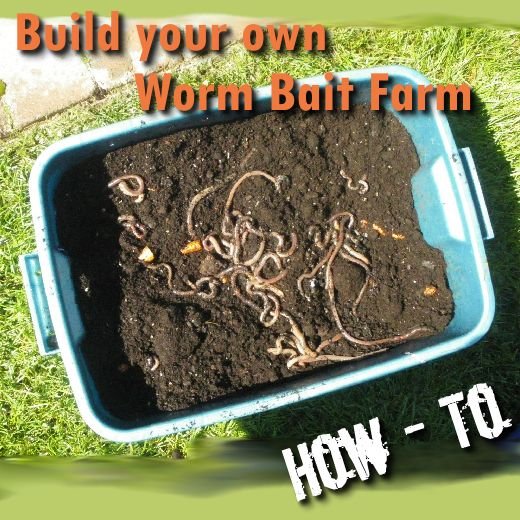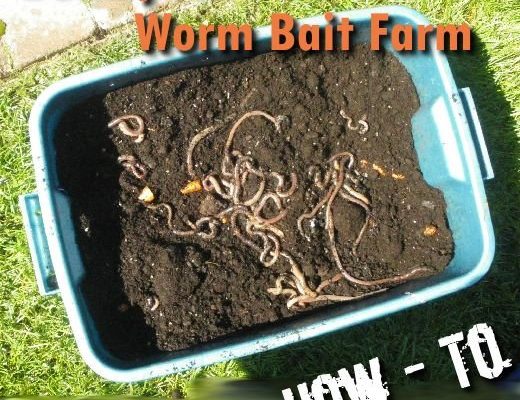
Just like setting up a fishing net at the lake, creating traps for hammerhead worms requires a bit of strategy and ingenuity. Imagine setting out a delicious snack to catch your unwanted guests. With the right mix of materials and methods, you can create effective traps that lure these worms out. Think of it as a game of chess—with the right moves, you’ll outsmart these slippery foes. So, grab a cup of coffee, and let’s explore some clever DIY solutions!
Understanding Hammerhead Worms
Before we jump into the traps and baits, it’s good to know what we’re dealing with. Hammerhead worms belong to the **Bipalium** genus. They are known for their flat bodies and distinct hammer-shaped heads, which can be a bit unsettling at first glance. Some species can grow up to 12 inches long and come in various colors, including shades of brown and yellow.
These worms are not only unappealing; they’re also predatory. They hunt down and consume other worms, which might explain why you’re noticing fewer earthworms in your garden. Understanding their behavior can help you figure out the best way to catch them. Here’s what you should know about their habitat and preferences:
– **Moist environments**: Hammerhead worms thrive in humid conditions, making your garden an ideal spot for them.
– **Active at night**: Typically, these worms come out at night. So, if you’re hunting for them, evenings might be the best time.
– **Pest control**: While they can help control other worm populations, their predatory nature can disrupt your garden’s ecosystem.
Knowing who your adversary is sets the stage for effective action!
Choosing the Right Materials for Traps
Now that you’re familiar with hammerhead worms, let’s talk about the materials you’ll need to create your traps. You probably have some of these items lying around your home.
Here’s a simple list of materials you might use:
- Plastic containers or jars
- Soil or compost
- Water
- Sweet fruits or vegetable scraps
- Cardboard or newspaper strips
You can find most of these materials in your kitchen or garden shed. The key is to use items that not only attract the worms but also provide a safe, enticing environment for them to crawl into. For instance, sweet fruits can serve as a bait, while soil or compost makes the perfect cozy spot for the worms.
Another great option? Consider using a **trap made from cardboard**. Simply moisten the cardboard, and lay it flat in an area where you’ve spotted those pesky worms. The moisture will attract them, and they’ll crawl onto the cardboard, making it easier for you to collect them.
Building a Simple Hammerhead Worm Trap
Alright, let’s create a straightforward trap you can set up right in your garden.
Step-by-step instructions:
1. **Gather your materials**: Get your plastic container, sweet fruits (like bananas or apples), and soil.
2. **Prepare the container**: Fill the bottom of the container with about an inch of soil.
3. **Add bait**: Place a piece of sweet fruit on top of the soil. The sweetness will lure the worms in.
4. **Add water**: Pour a little bit of water until it saturates the soil but doesn’t create a swampy mess.
5. **Cover it**: Set the container in a shady spot in your garden. You want to keep it moist and cool to attract the worms.
Check the trap every few days. You might be surprised at how many worms you’ll capture!
Creating a Baited Trap with Fruits and Vegetables
If you’re looking for something a bit different, a baited trap using fruits and vegetables can be quite effective.
Here’s how to set one up:
1. **Find a shallow bowl**: This will act as your main bait station.
2. **Add bait**: Chop up some overripe fruit or leftover vegetable scraps. The more fragrant, the better!
3. **Mix with water**: Pour just enough water into the bowl to keep everything moist but avoid flooding it.
4. **Place it strategically**: Set this bowl near the areas where you’ve noticed hammerhead worms.
The sweet smell will draw them in. Once they’re close, they won’t resist crawling in for a snack!
Using Natural Predators to Control Hammerhead Worms
Sometimes, nature knows best. By introducing natural predators, you can keep hammerhead worms in check. Consider inviting helpful creatures into your garden, like birds or beneficial insects.
Here’s how you can encourage these allies:
– **Create bird-friendly spaces**: Place bird feeders or nesting boxes to attract your feathered friends.
– **Plant flowers**: Certain flowers, like marigolds, attract beneficial insects that may prey on hammerhead worms.
– **Avoid chemicals**: Steer clear of pesticides, which can harm these helpful creatures.
By nurturing a balanced ecosystem, you can naturally reduce hammerhead worm populations over time.
Tips for Long-Term Management
Catching hammerhead worms is one thing, but managing their presence is another challenge. Here are some long-term strategies to keep in mind:
1. **Regular checks**: Make a habit of checking your traps regularly. This way, you can keep their numbers low.
2. **Healthy soil practices**: Maintain healthy soil with compost and organic matter. A balanced soil ecosystem naturally supports beneficial species over predatory ones.
3. **Moisture management**: Keep your garden well-drained. Hammerhead worms love moist conditions, so reducing excessive moisture can discourage them.
These steps don’t just help deal with hammerhead worms; they’ll also benefit your garden as a whole.
Final Thoughts: Taking Control of Your Garden
Dealing with hammerhead worms can feel overwhelming at first, but with these DIY traps and baits, you’re well on your way to reclaiming your garden. Whether you decide to set up simple traps, use natural predators, or improve your soil practices, you’re taking a proactive approach to gardening.
Remember, nature often balances itself out, and by working with it—rather than against it—you can create a thriving space for both your plants and helpful creatures. So, roll up your sleeves, get creative, and enjoy the process! You’ve got this!

